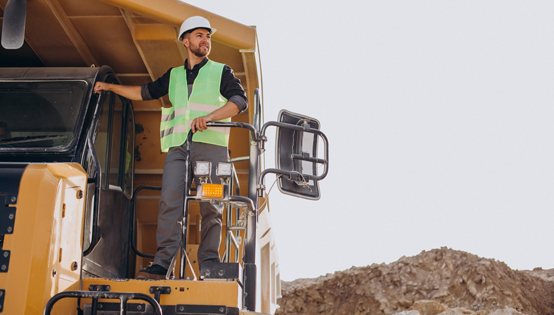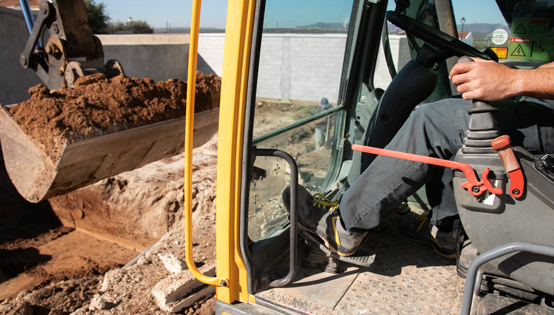This training covers trenching and excavation safety, including hazard identification, protective systems, regulations, and emergency response. Employees will learn safe work practices, site inspections, and risk prevention to ensure compliance and prevent cave-ins, soil instability, and other hazards.
DURATION
2 Hour
REWARD
Successful completion of the training will result in the award of Health & safety training certificate
OBJECTIVES
-
Understand trenching and excavation, and recognize their importance in construction and industrial work.
-
Understand OSHA and local safety regulations, along with employer and employee responsibilities.
-
Recognize common hazards such as cave-ins, falls, hazardous atmospheres, and equipment risks.
-
Gain knowledge of sloping, benching, shoring, and shielding (trench boxes) for trench stability.
-
Implement best practices for trench entry, exit, material placement, and equipment operation.
-
Learn proper emergency response and rescue procedures in case of trench collapse.
TARGET AUDIENCE
-
Construction Workers
-
Site Supervisors & Foremen
-
Safety Officers
-
New Employees
-
Utility Workers



